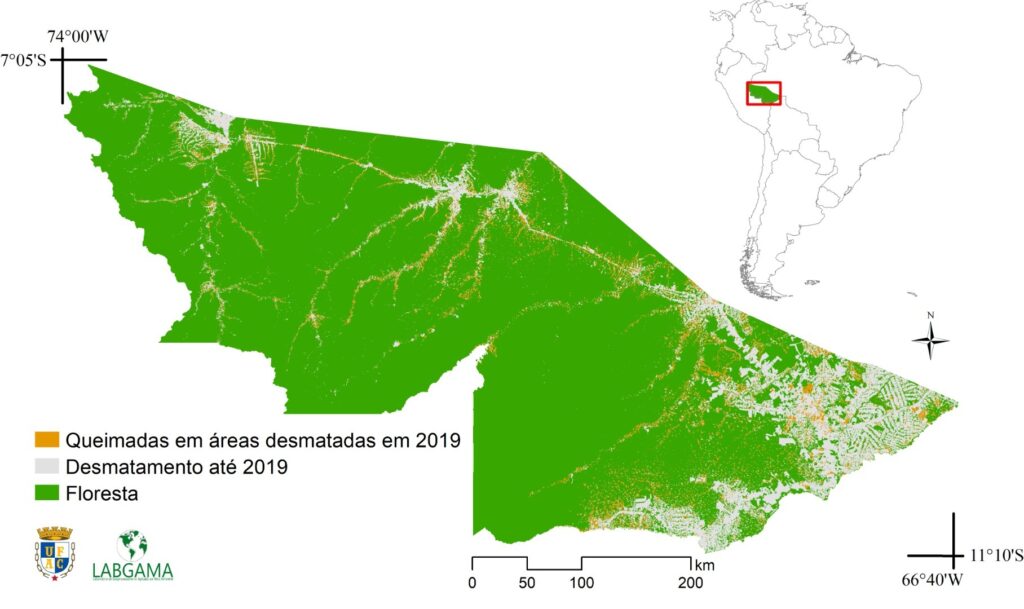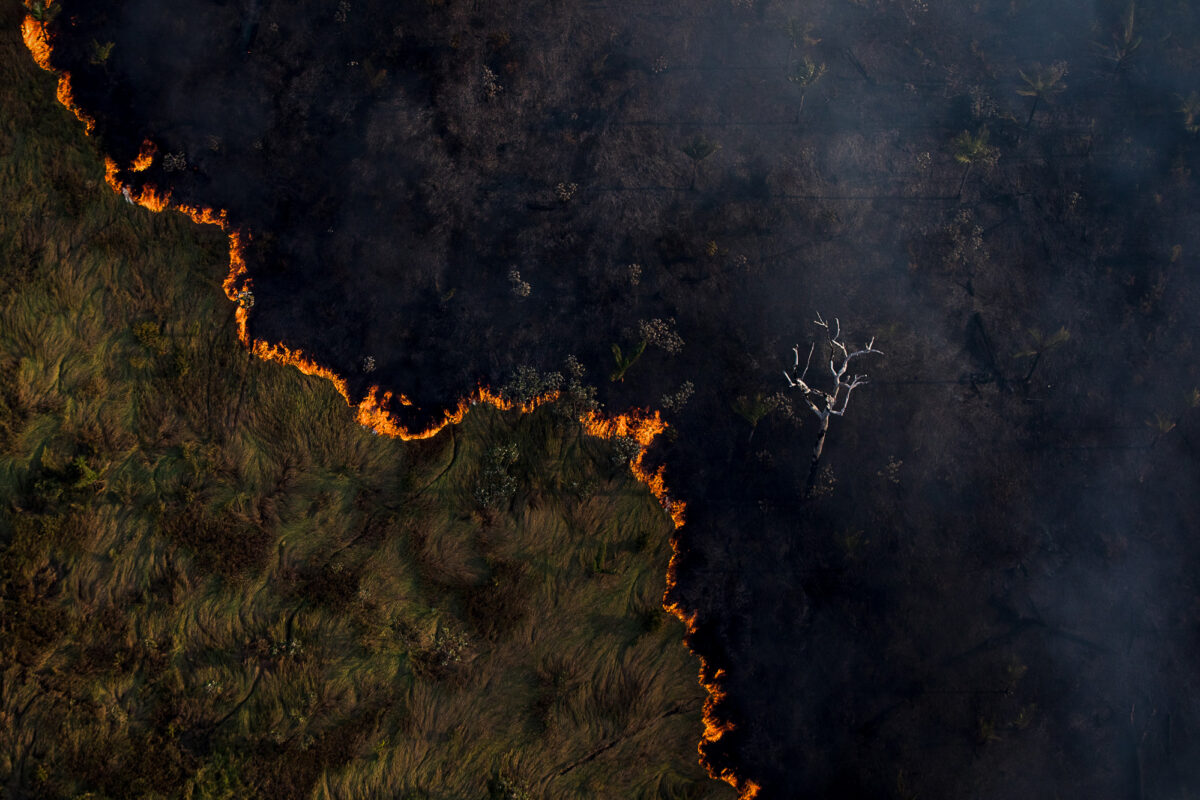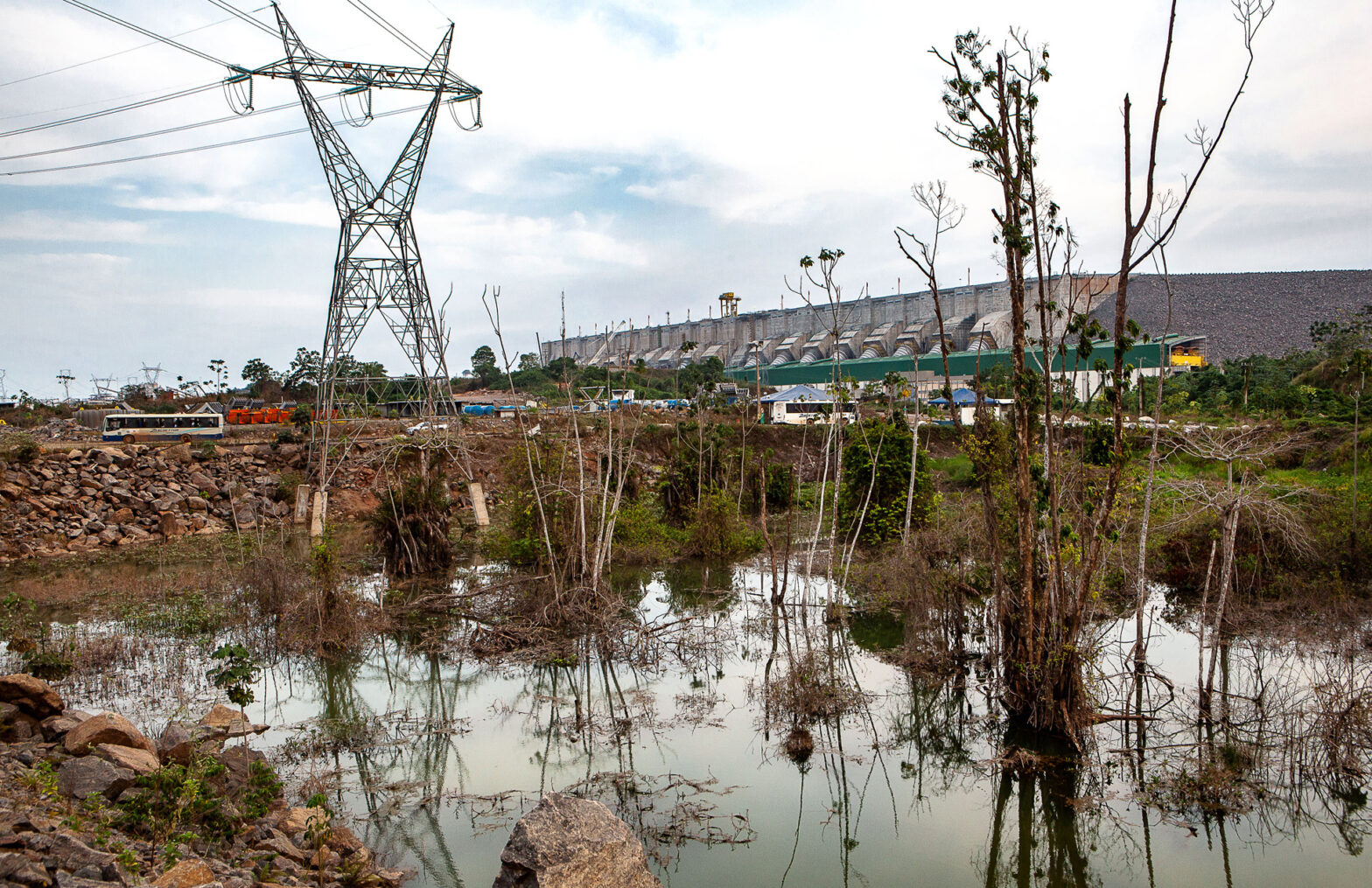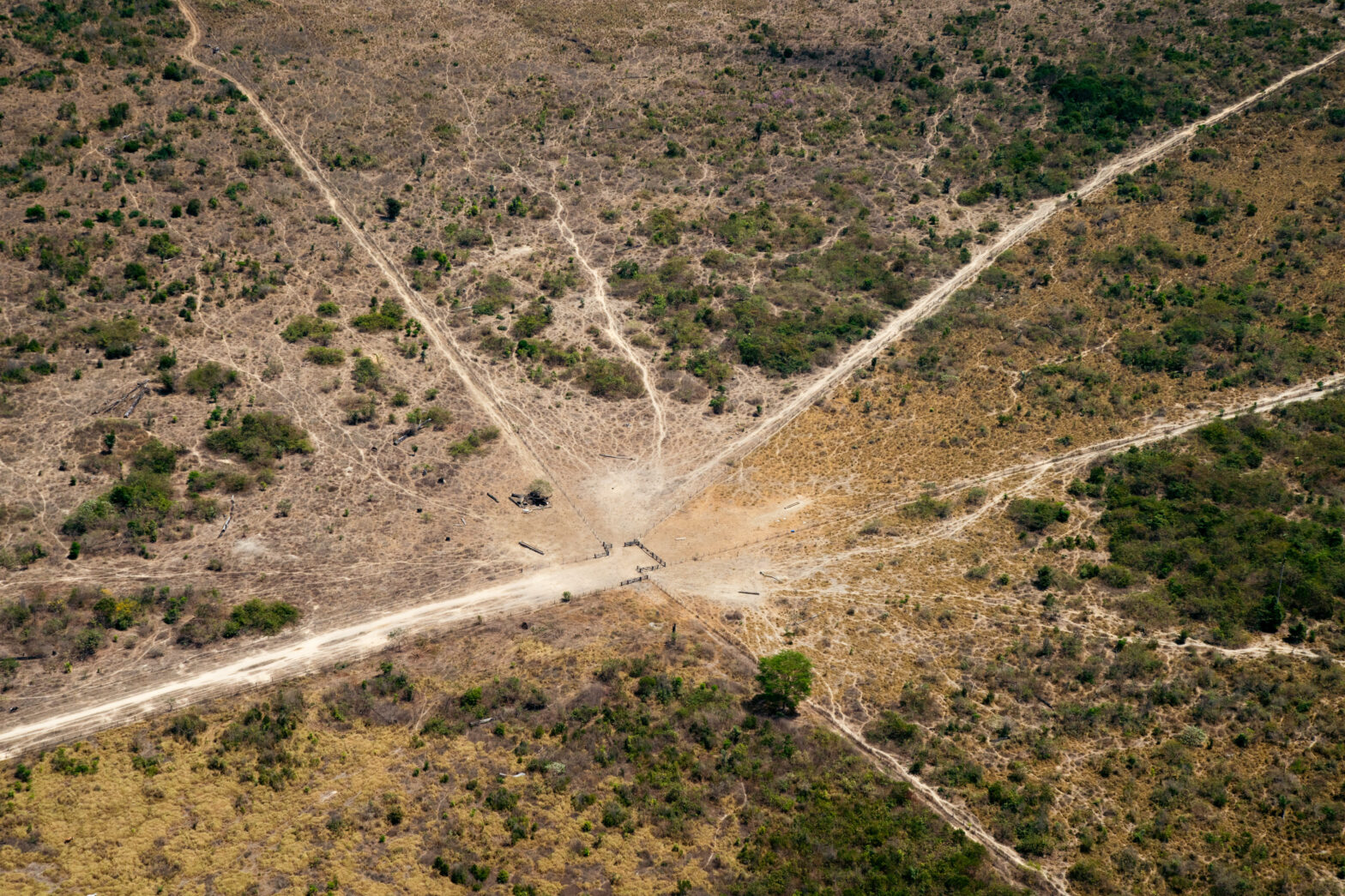Studies led by Brazilian scientists reinforce the hypothesis that the clearing of natural vegetation has become the biggest source of fires that threaten the present and future of the Amazon in Brazil and Latin America.
In Acre, for instance, fires will become more and more common if there is no change in the economic matrix, currently based on logging. The warning comes from researcher Sonaira da Silva, from the Laboratory of Environmental Applied Geoprocessing (LabGama) of the Federal University of Acre, lead researcher of a study published in May in the Journal of Environmental Management. The fires that took place between 2019 and 2020 in the state were the largest in the last 15 years, and the study reveals that the climate was not the driving force behind the record number of forest fires.
“These forest fires are mainly due to illegal deforestation for logging and the formation of pastures on illegally owned public lands. Soy has also been introduced in recent years. This is very concerning because the state is home to important Amazonian springs and headwaters”, explains Silva.
These forest fires are mainly due to illegal deforestation for logging and the formation of pastures on illegally owned public lands.
Sonaira Silva, scientist at Federal University of Acre.
To discover the main causes of fire in the state, researchers led by Silva mapped forest fire scars in previously deforested areas and intact forests based on satellite images analyzed between 2016 and 2019. The fires identified in previously deforested areas totaled more than 550,000 hectares. The largest contributions came from areas above 50 hectares locating in undesignated public lands, which indicates land grabbing. The analysis showed a high correlation between fire and deforestation.
The phenomenon is common throughout the Amazon, a rainforest that shouldn’t catch fire so easily. Another survey, published in Nature in February, assessed the situation of the world’s largest tropical forest between 2003 and 2019 and reinforced that deforestation was the main driver behind regional fires

“We have not found evidence that 21st-century droughts are increasingly exacerbating fire seasons in the Amazon basin. However, deforestation is increasing again in the region, particularly in the central and northern half, where intact forests are increasingly disturbed”, highlights the research led by the coordinator of the Laboratory of Environmental Satellite Applications (Lasa) at the Federal University of Rio de Janeiro, Renata Libonati. In the study, researchers re-evaluated data on factors that modulate fires (such as climate and human activity) to assess each factor’s importance. The conclusion showed greater participation of deforestation in fires, contrary to the previous hypothesis that granted greater importance to severe droughts.
We have not found evidence that 21st-century droughts are increasingly exacerbating fire seasons in the Amazon basin
Excerpt from the study conducted at Lasa/UFRJ
Fire is one of the most powerful modifiers of Amazonian environments. Data from MapBiomas shows that more than 1.6 million km2 were burned at least once in the country from 1985 to 2020, an area larger than the state of Amazonas. Of this total, the vast majority affected native vegetation, especially in the Amazon and Cerrado. Almost half of the Amazon (48%) burned three times during this period.
Such continuous destruction has converted areas of the forest from CO2 sinks into CO2 sources, amplifying the greenhouse effect responsible for the increase in the planet’s average temperature. The biggest Brazilian greenhouse gas emissions today come from the destruction of native vegetation, according to the Greenhouse Gas Emissions and Capture Estimate System, an initiative of the Climate Observatory.
The research group led by scientist Luciana Gatti, from the National Institute for Space Research (Inpe), has investigated the Amazon for nine years and found that deforestation and burning have made the tropical forest emit large amounts of CO2 into the atmosphere. The pioneering analysis was published in July in Nature.
The work revealed that the most deforested regions emitted 10 times more carbon than areas with less than 20% deforestation. These same areas also had a reduction in rainfall proportional to forest loss and a significant increase in temperature. For the study, Gatti’s team conducted 590 measurements of lower concentrations of carbon dioxide and carbon monoxide at four sites in the Amazon between 2010 and 2018.
“Those who deforest wait around three months for everything to dry, and then set the fires. Lack of rain and higher temperatures lead to greater tree mortality, drying out the trees that have not been felled. This way, the fire ends up entering areas that have not been deforested, which leads to more carbon emissions than expected”, explains Luciana Gatti.
Researchers have pointed out that strengthening public policies was responsible for reducing deforestation in the Amazon in the past. The reduction in deforestation seen since 2004 was mainly due to the application of environmental legislation and the drop in export commodity prices.
We have to stop deforesting and setting fires because Brazil and the world need the Amazon. It is our climate guarantee. We are turning a big advantage into an accelerator of climate change and rainfall reduction.
Luciana Gatti, scientist at Inpe
“They are crucial and must not be weakened,” says Gatti. “We are breaking the balance of the Amazon, planting droughts, and reaping serious climate changes that are already affecting us. We have to stop deforesting and setting fires because Brazil and the world need the Amazon. It is our climate guarantee. We are turning a big advantage into an accelerator of climate change and rainfall reduction.
Reporting by InfoAmazonia for the PlenaMata project.





